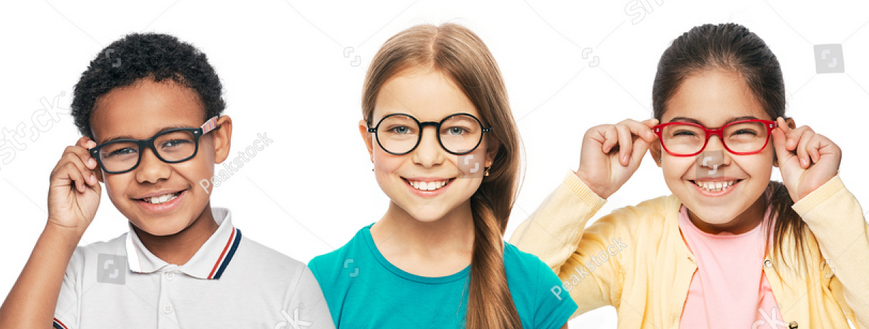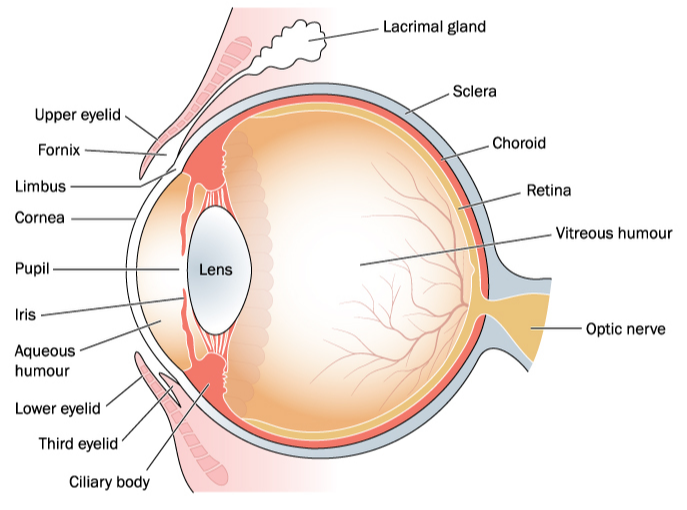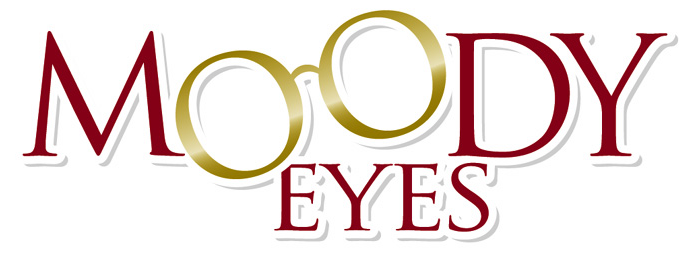Dr. Moody’s Personal Experience
I was prescribed my first pair of glasses at age 12. I still remember walking out of our optometrist’s door and seeing the clock on the building over a block away. That’s when I became interested in eye care.
The next year I was prescribed bifocal glasses. I didn’t know it, but my optometrist was trying to keep my eyes from getting worse. This worked, because my eyes didn’t change until I went to college. Due to the comments I got about how the glasses looked, I decided to go to single vision lenses.
Years later, as a practicing optometrist, a colleague and I fit a number of patients with Orthokeratology (“Ortho-K”). This is when you wear a rigid (hard) contact lens to reduce your prescription by reshaping your cornea. I was one of the patients.
In 1998 I decided to have LASIK. (FYI – LASIK is not recommended for children.) After discontinuing my Ortho-K lenses for 3-months, my prescription went back to the original power. For this reason I have not been an advocate of Orthokeratology.
I was excited when Coopervision came out with MiSight® – an FDA approved, daily wear soft contact lenses for myopia management. A child whose RX is rapidly changing can have the advantages of wearing soft contact lenses and slow / prevent their prescription changes.



